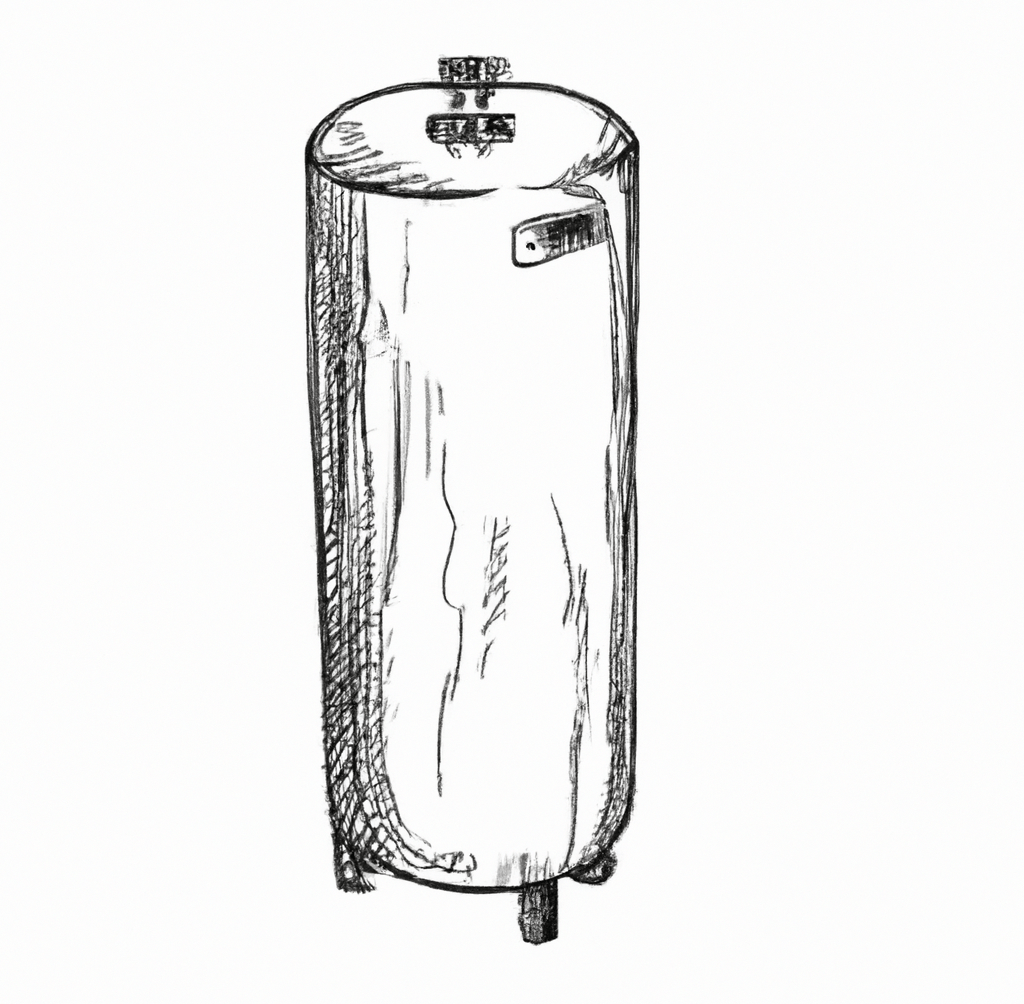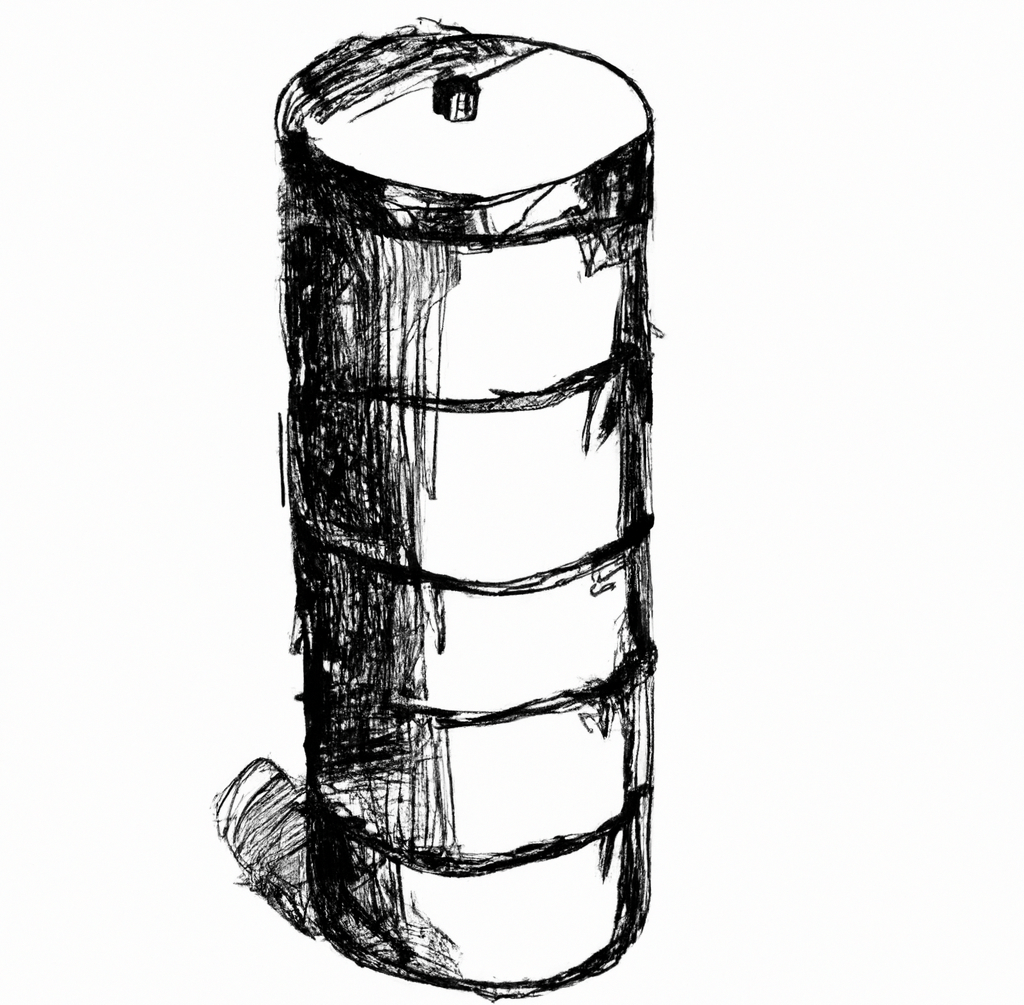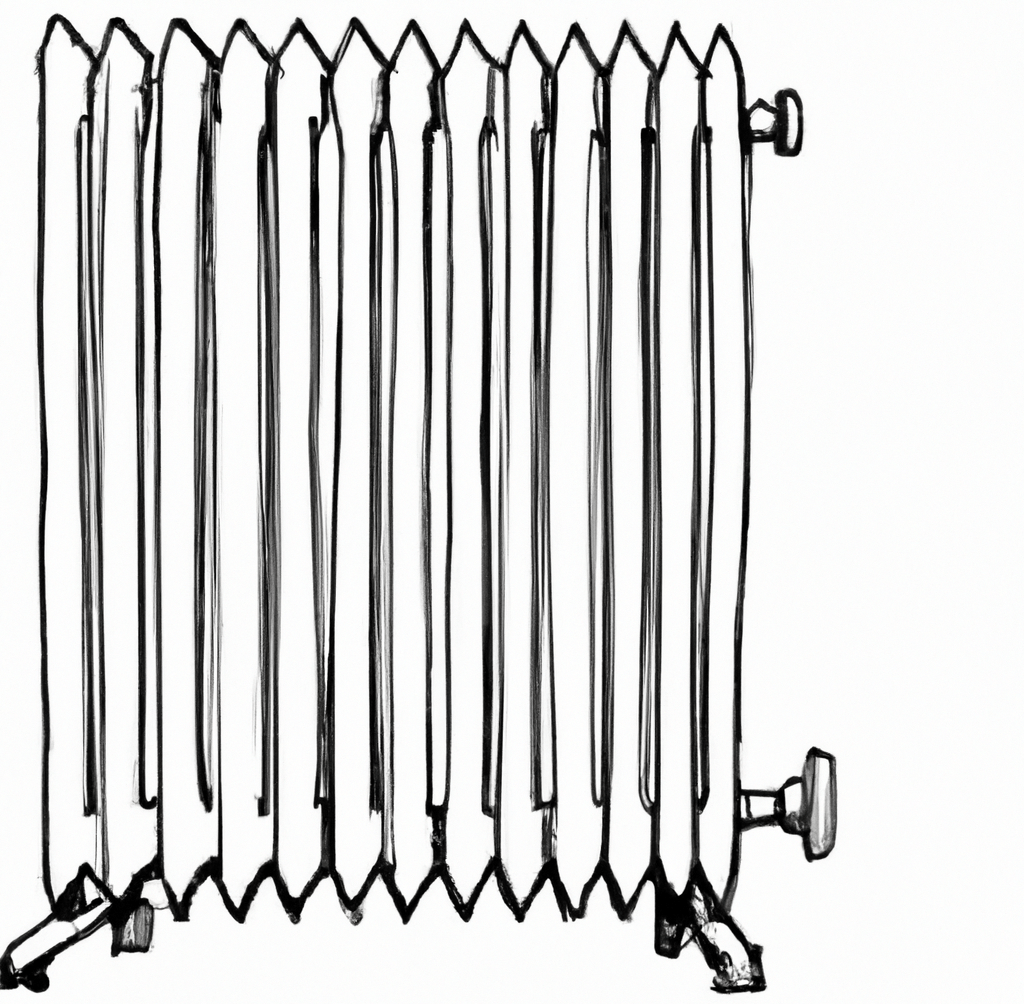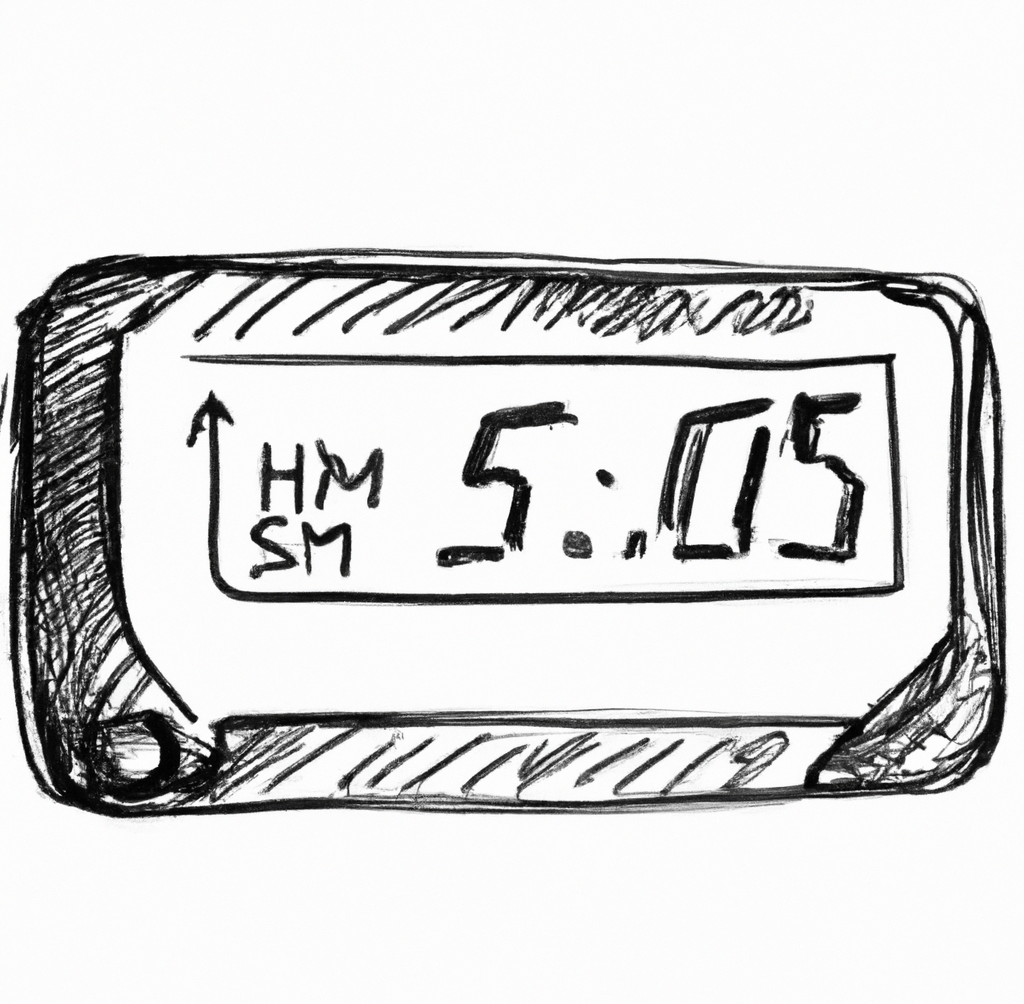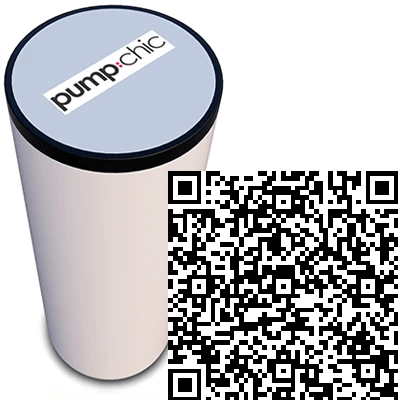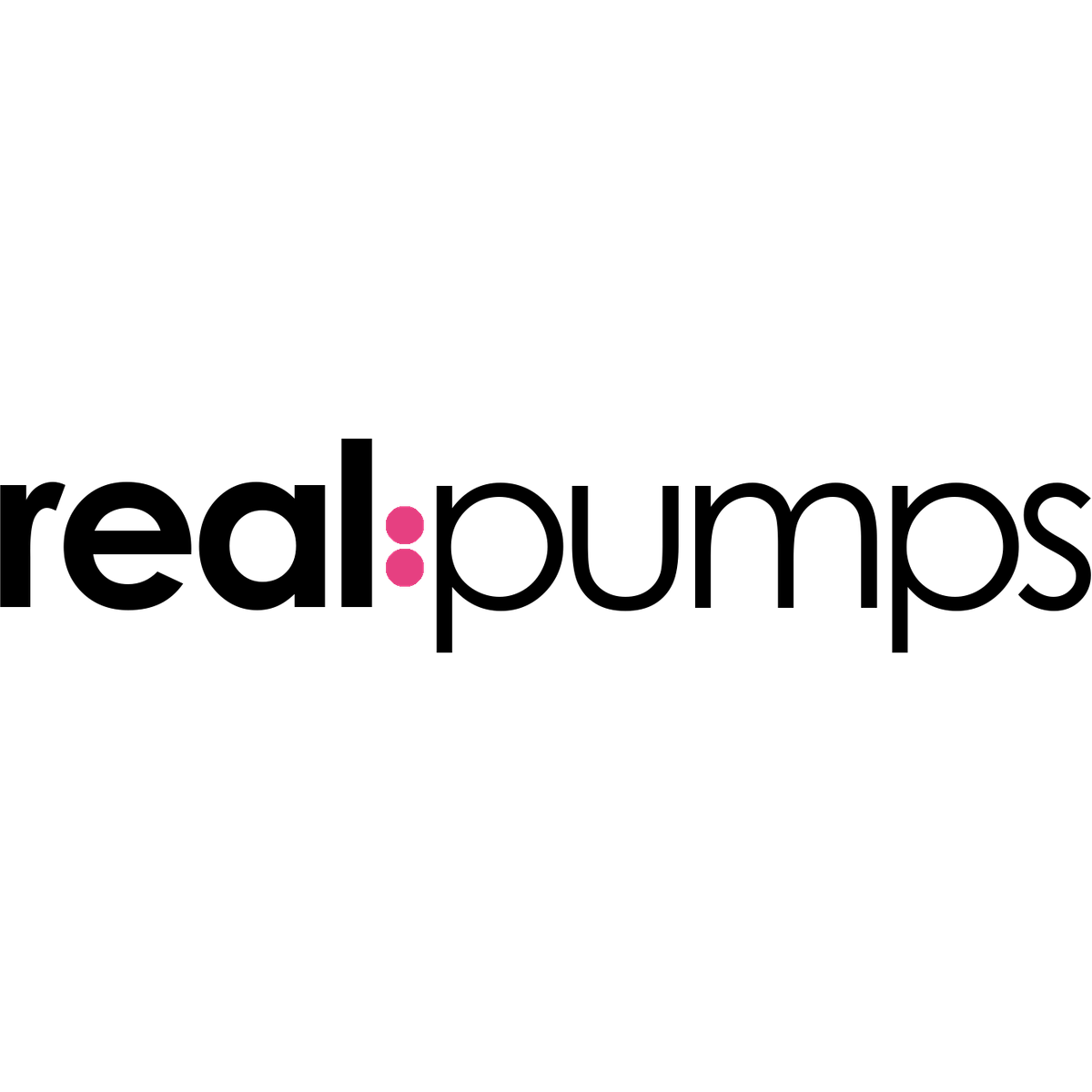
ON THE INSIDE
When people think about a heat pump, they understandably focus mainly on the outside unit. But a lot of what makes a heat pump system function well actually goes on indoors. On this page we fill you in on what parts are needed, how they need to fit together, and give you a better idea of what to expect.
What you'll need
Your installer will either provide or be able to advise you on all these points, but it is useful to know what to expect.

Cylinder (or other heat store)
All heat pump systems that provide hot water (e.g. for your shower) need a hot water cylinder or other kind of heat store. Cylinder size is based on the amount of hot water you expect to need, which is in turn depends on the number of people in the home. You can search online for guidance, but be sure to talk to your installer. A 250 litre cylinder is about 6 feet (180cm) tall. Modern cylinders are very well insulated, and operate at mains pressure. If you don't have space for a cylinder, a "heat battery" may be a better option. These store heat in a different material and heat water up as it passes through. They are smaller and more expensive than a cylinder.

Expansion vessels
You will need two expansion vessels, one for the central heating and one for hot water. Their job is to let the system react to changes in pressure, and they need to have an outlet to the outside so water can be released if necessary. An expansion vessel is usually about 40cm tall and 30cm wide.

Low-loss header
Some, but not all, heat pump systems will include a low-loss header. This is a vessel which separates the water which carries heat from the heat pump, from the water which takes heat to your radiators. Your installer will advise you on whether one is needed in your case. Again, these vary in size but tend to be slightly taller and narrower than an expansion vessel (see above).

Radiators
Heat pumps send out water to the radiators at a lower temperature than most gas boilers. Because there is less difference between the water temperature and the room temperature, the heat does not come out of the radiator as fast. For this reason, larger radiators may be needed for a heat pump system to actually get enough heat into the room. Your installer will calculate the radiator size needed for each room. If there isn't that much difference to your current radiators you may need only a few (or even no) replacements. You could also just wait and see – but remember you will pay VAT on any radiators not bought as part of the installation.

Controls
A heat pump needs a range of controls, including a flow termperature controller (which is roughly shoebox sized), and a programmable thermostat/controller for the the central heating and hot water. It should also be possible to use other thermostats, if there are models you prefer.

Pipework
Pipes will need to be run into the house from the external unit, to the hot water cylinder, and to the radiators. The hot water cylinder will need to be connected to any hot water taps/showers. Heat pumps work best when the pipes which serve the central heating are larger, because this will let more water flow through, carrying more heat. You will need to speak to your installer about whether your pipes are suitable.

Wiring
You will need to have cables going directly from your main fuse box to the heat pump itself (outside), as well as the hot water cylinder (for the immersion heater), and the flow temperature controller.
Phew.
Let's bring it together
Now you know what kit you will need, it's time to think about where it will all go. This will be specific to your home layout, but here are the kinds of things that will be taken into account:
- Availability of space.
- The length and complexity of the route for pipework between the external unit and internal components.
- The length of pipework from the cylinder (or other heat store) to the places you need hot water. A long pipe run will mean a longer wait for hot water to arrive at your taps, and wasted water and energy as it runs through.
- The length and complexity of the electric cable run between your fusebox and the heat pump and cylinder.
- Availability of external drainage for the expansion vessels to overflow into, if necessary.
The ultimate position is likely to involve a trade-off between these factors. As always, your installer will be able to advise you.
That's the theory
But what do the inside parts of a heat pump system look like in reality? We've drawn together a selection of photos from across the Internet to give you an idea of what to expect.
Now take a tour
For more of the detail on how a heat pump system works, and fits together
Use our Augmented Reality (AR) tool to see what internal heat pump equipment would look like in your own space
Using your smartphone or tablet, scan a QR code or visit the one of the links below. Now go to the real world location you would like to view equipment (see positioning guidance above). Click "View in AR" and your phone or tablet will go into camera mode. Point it at the ground where you want the pump or tank to appear. It can take a minute to load so be patient. When it appears, you can:
- reposition it by holding and dragging with one finger
- or rotate/resize it using two fingers (it should look about 1m wide - if it doesn't, try moving the pump slightly with one finger and the size should correct itself).
Try viewing it from different angles. You can also take photos and videos to share on social media. Don't forget to tag @heatpumpchic! Plus, you can now view real heat pump products from a range of manufacturers — click through to find out more.
Hot water tank (200 litre)
Scan or click this option to see smaller to average sized tank. Typically it is positioned out of the way in a cupboard. It is also better for it to be near to your heat pump, so as little heat as possible is lost from the pipe connecting the two. For the AR view, you might find it easier just to put it in the middle of a room and get a good look at it!
View real manufacturer products
In addition to the illustrative heat pump equipment featured above, you can now use the test drive tools to view real heat pump products from manufacturers. Have a particular brand of heat pump in mind, or interested to see the different options available on market? Click through to find out more and get a better idea of what they would look like in your space.

About us
pump:chic is a project by Mike Fell with the aim of helping get to net zero carbon quicker.
Get in touch
Please feel free to link to this site, and contact me if you are interested in collaborating!
© 2022

